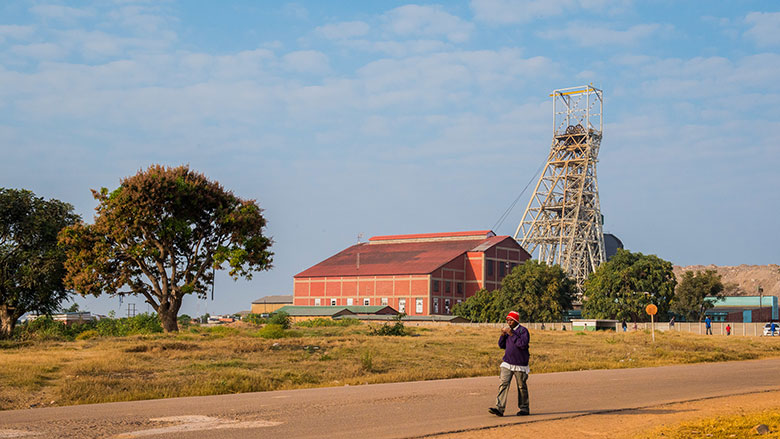LUSAKA, October 11, 2016 – Zambian policy makers, like others in commodity-exporting countries, have faced increasing challenges in the past two years, in the face of reduced demand from China and uncertain economic recovery in developed economies. For Zambia, falling copper prices and a power crisis have contributed to an economic slowdown, according to a recently published World Bank policy note.
Beating the Slowdown in Zambia: Reducing Fiscal Vulnerabilities for Economic Recovery, notes that Zambia recorded impressive economic growth for a decade from 2004, as copper prices soared on the back of global economic growth and increased demand from China. However, in 2015, real gross domestic product (GDP) growth slowed to an estimated 3.2%, its lowest rate since 1998. This relatively low growth was a result of falling copper prices and below average rainfall which led to a weaker 2014-15 harvest and lower reservoir levels, exacerbating an already growing power crisis characterised by daily power outages, according to the policy note. These pressures combined with the fiscal vulnerabilities to reduce investor confidence as the exchange rate depreciated rapidly, inflation spiked at over 20%, and a trade deficit returned after a nine-year absence.
“What remains critical is that any reduction in the fiscal deficit is planned and managed carefully,” said Gregory Smith, World Bank senior country economist for Zambia and an author of the report. “A disorderly and incomplete adjustment will not restore market confidence. A too severe or too quick adjustment will undermine growth.”
Large fiscal deficits and inefficient government spending persist as sources of vulnerability for Zambia, limiting the scope for rapid economic recovery. Year-on-year increases in public expenditure, funded by external borrowing, have increased the cost of maintaining macroeconomic stability and placed the burden on monetary policy and the private sector. The absence of fiscal buffers has left Government with little room to maneuver in the face of the shocks and has limited fiscal space to sustainably compensate for slower growth, rising costs and recent job losses.
The policy note examines Zambia’s fiscal vulnerabilities and the costs associated with its expansionary, subsidy-oriented fiscal policy. It then sets out the benefits of coordinating fiscal policy with monetary policy in a way that is mutually reinforcing and beneficial to private sector investment, instead of having the two pull in opposite directions, as is currently the case. Finally, it makes recommendations to help shift the fiscal position to a more sustainable path and in turn improve market confidence and the prospects for sustainable economic recovery. The policy note complements the June 2016 economic brief, Beating the Slowdown: Making Every Kwacha Count.

